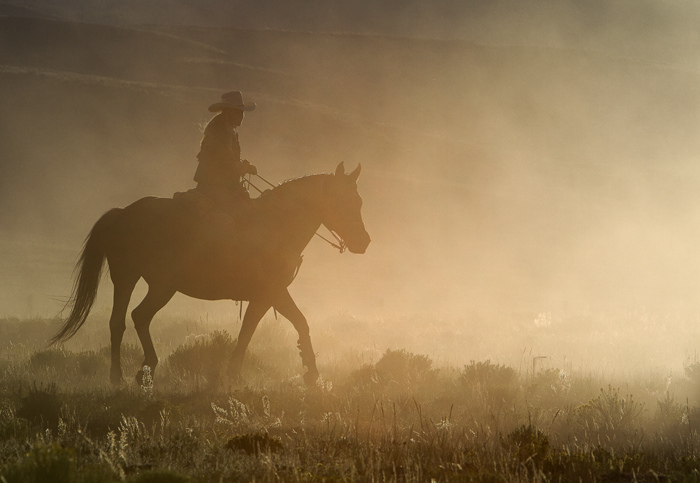It appears that the roller coaster cattle market that started in 2011 has come close to what would seem equilibrium. Why do I say this? The drought in the Southern Plains drove cattle prices higher as herds were liquidated and culled in order to manage one of the worst droughts in that region since the Dustbowl of the 1930s. This drought moved into the Midwest in 2012 and later into California. As inventory dropped, feeder cattle prices rose to nearly $2.40 per pound in October 2014 and are currently around $1.40 per pound (see figure). This dramatic drop was partly due to an inventory rebuilding effort in the Southern Plains, as well as other regions in the U.S. (including Montana).
This has all the components of a cattle cycle. It is temporary in nature. Both feeder and fed cattle prices are near the levels experienced prior to the drought. One of the major questions that we must consider moving forward is what will happen next and what are the long run factors that will systematically move cattle prices.
Cattle Inventory Reductions
Since 1975, cattle inventory has exhibited a decreasing trend. There are reasons to believe that inventory should continue to decrease in the long run, including (1) the movement away from using cattle to manage risk in grain operations, (2) movements away from labor-intensive industries (ranching is certainly still labor-intensive), and (3) increases in average pounds per animal. The last five years have not changed these dynamics and they should be expected to continue to place downward pressure on overall cattle inventory.
Production Increases
The fact that production has remained relatively constant over the last ten years, is a testament to productivity increases in the beef sector. The sector has been able to produce the same amount of meat with fewer animals. While these technological increases are slow, innovations are likely to continue in beef production. These examples include production increasing technologies used in feedlots, such as beta-agonists, as well as technologies allowing for better information on herd health, fertility, and genetic selection.
Consumer Demand Increases
It is important to point out that beef demand is not the same as per capita consumption. The amount of beef consumed per person has decreased continuously since 2007, which has been largely driven by price increases. Note that the amount of beef households are willing to purchase when we hold the price constant has increased constantly within the US over the last 5 years, based on Dr. Glynn Tonsor’s beef demand index. In addition to domestic demand, international demand is expected to continue increasing as trade agreements are made that favor beef exports from the U.S.. Two recent examples include the U.S.-Korea Trade Agreement and the potential passing of the Trans Pacific Partnership agreement. These countries are important destinations for U.S. beef products as the high value beef products we export can yield a higher premium in these markets.
For more details on these issues, a presentation I gave last year as part of the Rocky Mountain Intertribal Agriculture Council Conference is attached here.

